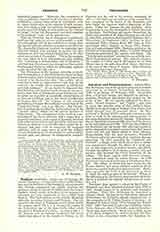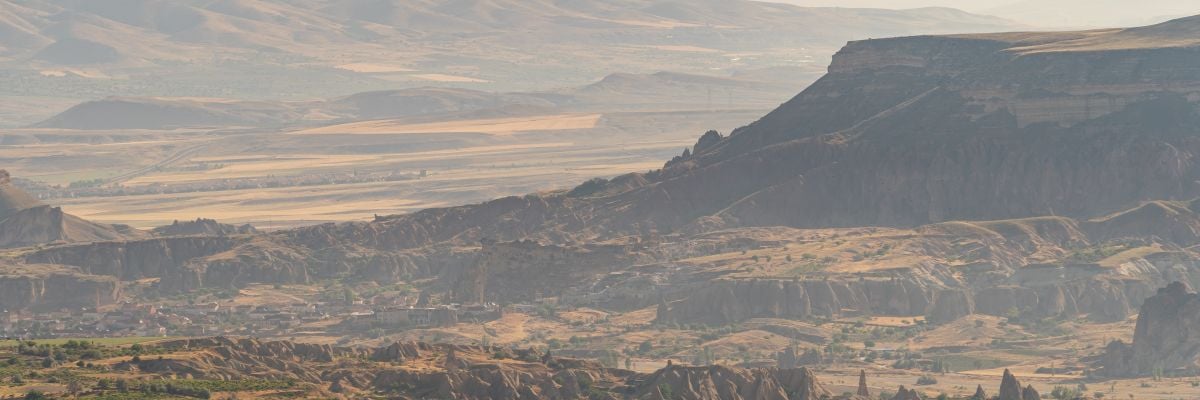

Pessinus (pessinous), titular see of Galatia Secunda. Pessinonte, on the southern slope of Mt. Dindymus and the left bank of the Sangarius, was an ancient city, having commercial but chiefly religious importance, owing to the cult of Cybele under the title of Agdistis, whose statue, or rather a stone supposed to represent her, was considered to have fallen from heaven. The Galli, priests of the temple, flourished under the Assyrians, Lydians, and Persians. The city passed to the kings of Pergamus, one of whom rebuilt the temple; about 278 B.C. it became the capital of the Tolistoboii, one of the three Gallic tribes which founded the Kingdom of Galatia. As early as 204 B.C. the Romans sent an embassy to procure the statue which they placed in the temple of Victory on the Palatine, but the cult of the goddess continued. In 189 B.C. the Galli sent an embassy to the consul Manlius, encamped on the banks of the Sangarius, and later Julian the Apostate made a pilgrimage to Pessinus. Under the Romans the city declined. After Constantine it was the metropolis of Galatia Secunda or Salutaris. Ten bishops are known: Demetrius, the friend and defender of St. John Chrysostom, who died in exile; Pius, present at the Council of Ephesus (431); Theoctistus, at Chalcedon (451); Acacius, at Constantinople (536); George, about 600; John, at Constantinople (692); Gregory, at Nicica (787); Eustratius, at Constantinople (879); Nicholas, present at the Council of Constantinople (1054), at which Michael Cwrularius proclaimed the rupture with Rome. The “Notitiae episcopatuum” mention the see until the middle of the fourteenth century. The ruins of a theatre, the temples of Cybele and of Aesculapius are at Bala Hissar, nine or ten miles from Sivri Hissar, chief town of the caza of the vilayet of Angora. Some Christian inscriptions have been discovered.
S. PETRIDES


